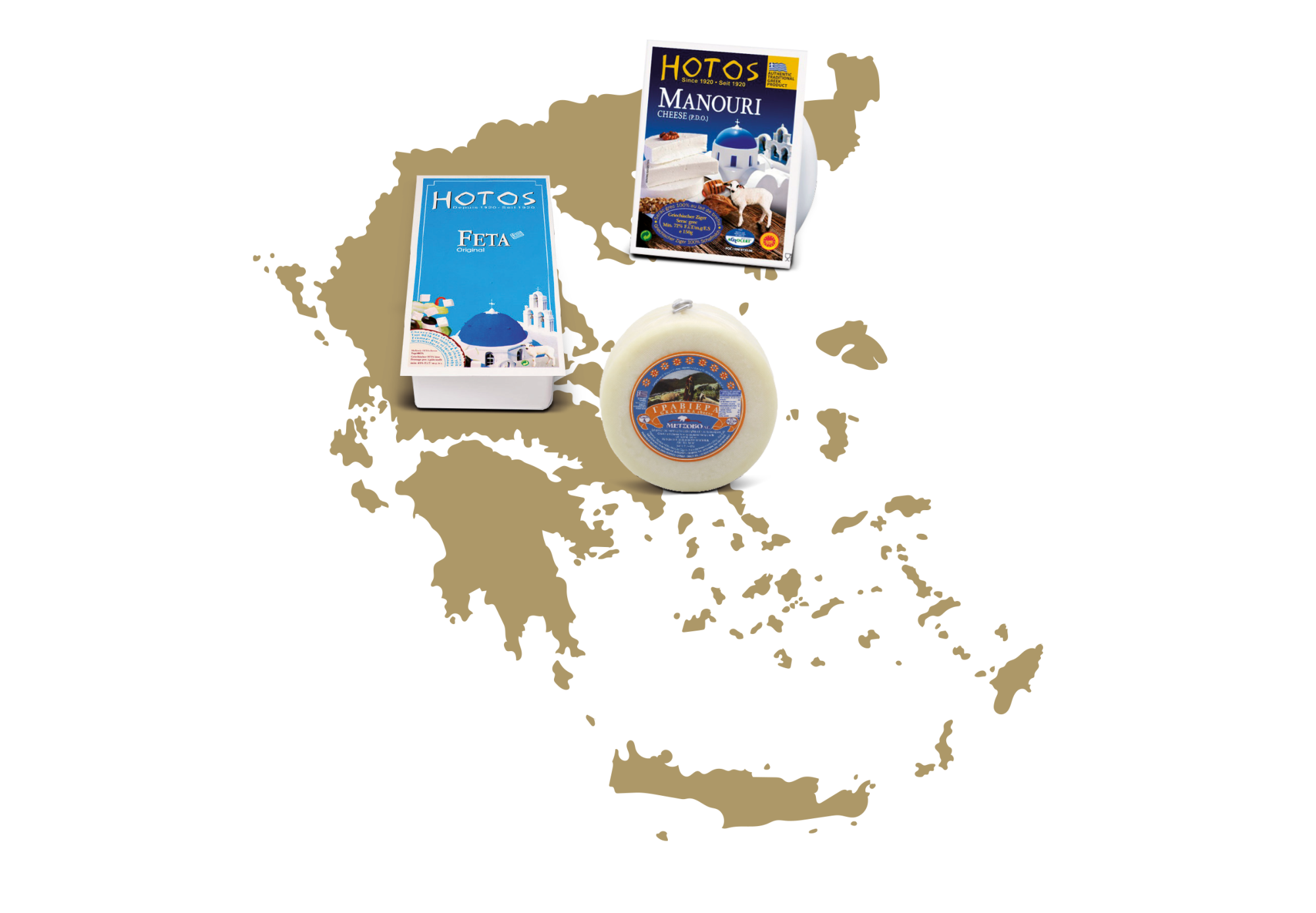Europe's main PDO
 The characteristics that define a cheese are infinite, and for this reason it is important to know and differentiate the true meaning of the official seals that categorize the cheeses according to their origin and provenance.
The characteristics that define a cheese are infinite, and for this reason it is important to know and differentiate the true meaning of the official seals that categorize the cheeses according to their origin and provenance. 

Protected
Designation
of Origin

Protected
Geographical
Indication

Traditional
Speciality
Guaranteed
Select a country to see the Iberconseil PDO map
It is estimated that there are more than 1200 different cheeses in France, soft and very localised artisan field cheeses being two of the most important varieties.
There are about 750 cheese factories in the country.
France currently produces 46 PDO and AOC varieties (as they are known in France) according to the type of milk:
· 28 from cow’s milk
· 15 from sheep’s milk
· and 3 from goat’s milk
As part of its product range, Iberconseil offers a selection of 42 PDO and PGI varieties from this country.
- Hauts-de-France
- Normandie
- Brillat-Savarin IGP
- Camembert DOP
- Coeur de Neufchatel DOP
- Livarot Petit DOP
- Butter Isigny Baratte DOP
- Fresh cream Isigny DOP
- Pont l’Évêque Isigny DOP
- Grand Est
- Bretagne
- Îlle de France
- Pays de la Loire
- Bourgogne
- Centre-Val de Loire
- Nouvelle Aquitaine
- Auvergne Rhône-Alpes
- Abondance DOP
- Beaufort DOP
- Blue d’Auvergne Français DOP
- Cantal DOP
- Emmental Français IGP
- Fourme d’Ambert DOP
- Gruyère Français IGP
- Picodon Fermier DOP
- Raclette Savoie IGP
- Reblochon DOP
- Rigotte de Condrieu DOP
- Saint-Marcellin IGP
- Saint-Nectaire DOP
- Tomme de Savoie IGP
- Région Occitanie
- Provence-Alpes
- Côte d’Azur
- Corse
cheeses
consumption
daily cheese consumption
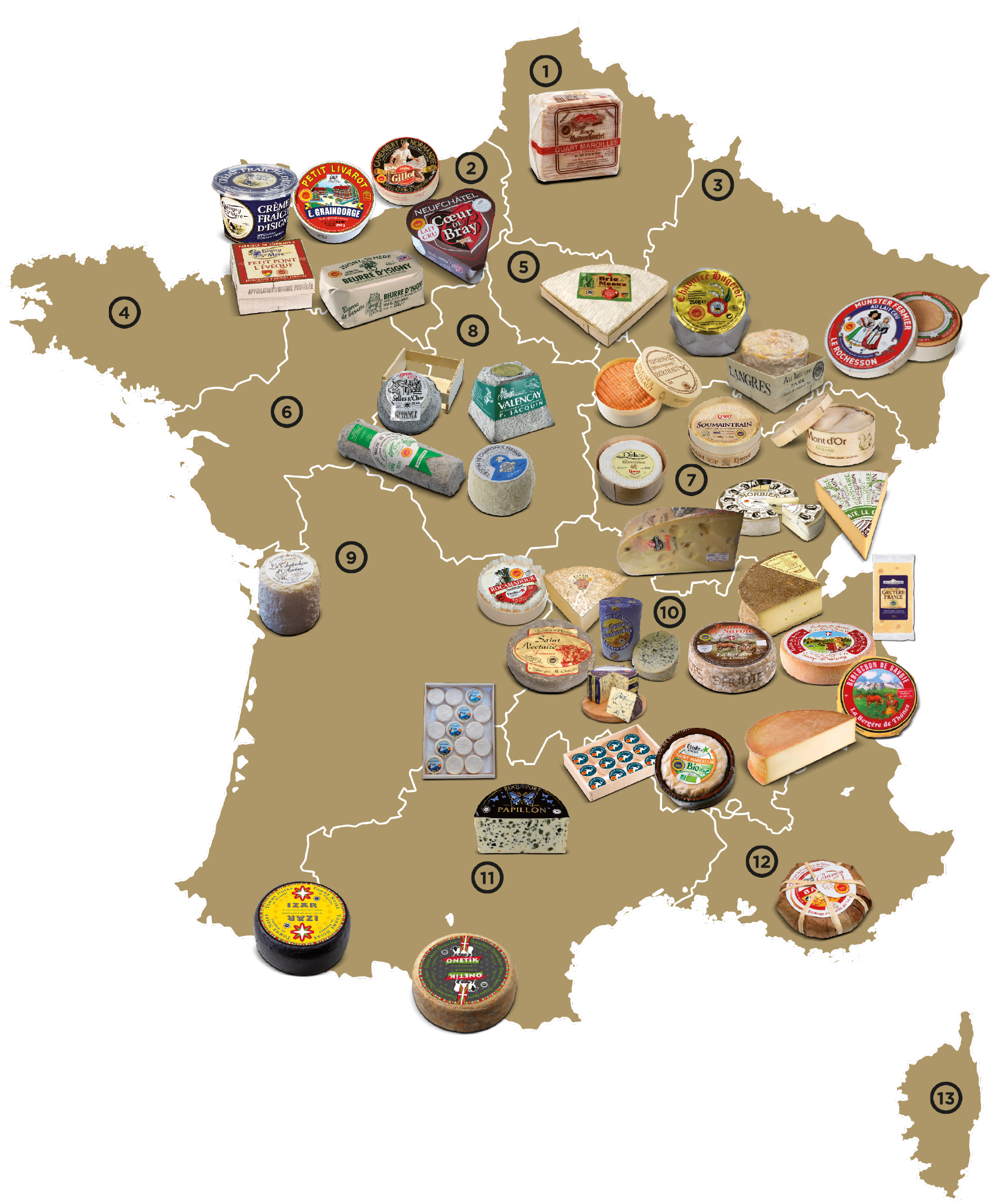
Cheese consumption in Italy reaches around 24 kg per capita per year, mostly consisting of fresh cheeses such as mozzarella, mascarpone or ricotta, though consumption of cured cheeses such as Grana Padano or Parmigiano Reggiano is also significant. Both of these are essential in Italians kitchens.
Production is divided into: northern provinces for cow's milk cheeses, central provinces and islands for sheep's milk cheeses (Pecorino), and southern areas for mozzarella and burrata.
Italy, a country that produces an estimated 500 cheese varieties, offers a range of 52 cheeses with PDO or PGI.
Iberconseil offers as part of its product range a selection of 13 of the most representative PDO of this country.
- Valle d’Aosta
- Piemonte
- Lombardia
- Trentino Alto Adige
- Liguria
- Emilia-Romagna
- Veneto
- Fruili-Venezia Giulia
- Toscana
- Sardegna
- Lazio
- Umbria
- Marche
- Abruzzo
- Molise
- Campania
- Puglia
- Basilicata
- Calabria
- Sicilia
cheeses
consumption
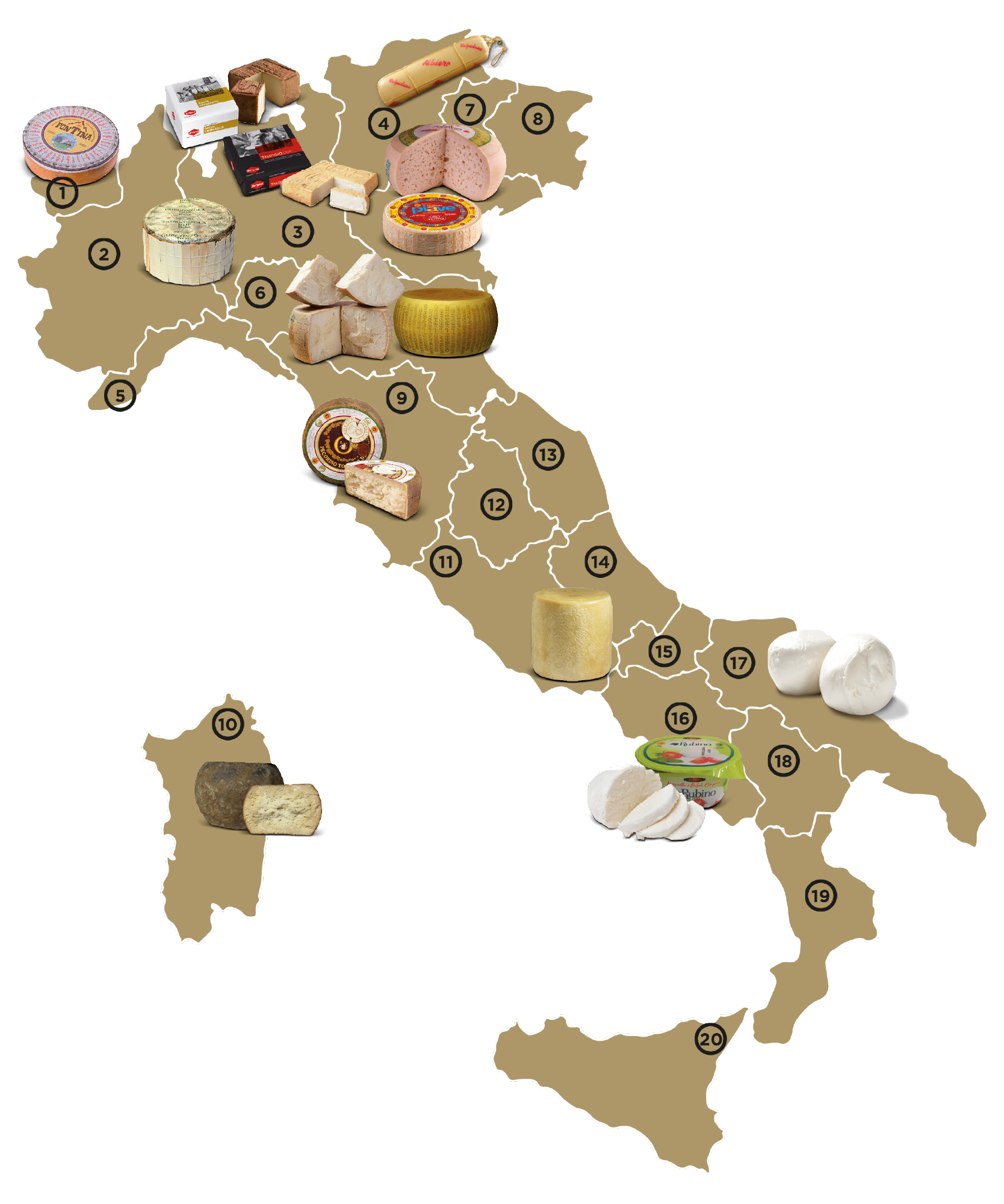
On average the British consumer consumes about 11 kg of cheese per year. The most popular variety is Cheddar, followed by fresh cheese the likes of Mozzarella, Feta or Brie.
The United Kingdom is home to 10 PDO and 5 PGI cheeses.
As part of its product range, Iberconseil offers a selection of 3 of the most representative varieties from this country.
- East Middlands
- Somerset
consumption
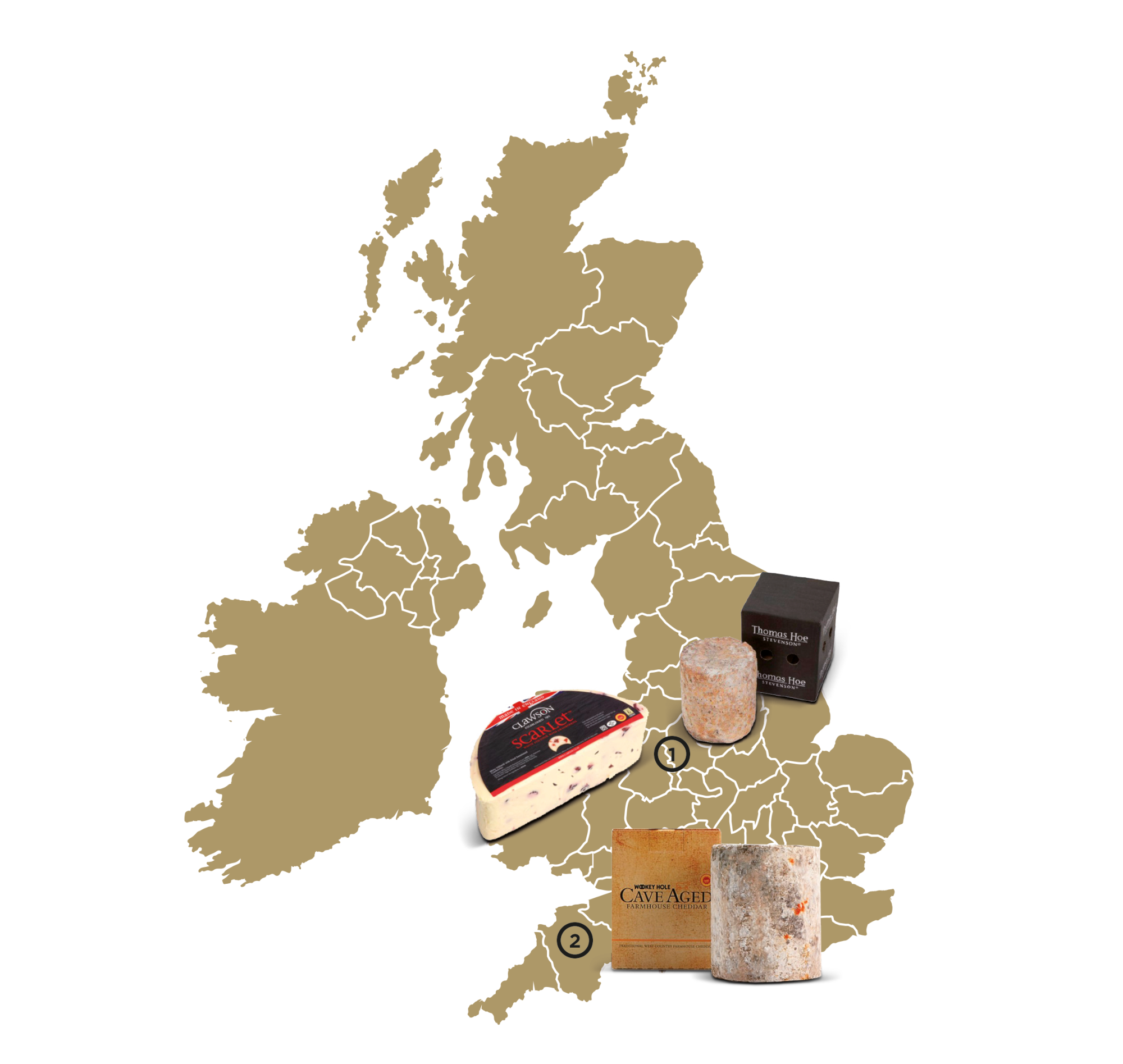
The Swiss consume an average of 22 kg of cheese per year, a figure that puts them on the top part of the table on a European level.
Excluding small-scale farmers, Switzerland is home to about 90 dairy plants, though four of these (Emmi, Cremo, M-industry and Hochdorf) process 90% of the country's milk.
12 Swiss cheeses possess the PDO distinction, the 4 most important in terms of production volume being Gruyère, Emmental, Raclette and Appenzeller.
As part of its product range, Iberconseil offers a selection of 6 of the most representative varieties from this country.
- Cantón de Vaud
- Fribourg
- Jura Bernois
- Suiza Occidental
- Vallée de l’Emme
plants
consumption
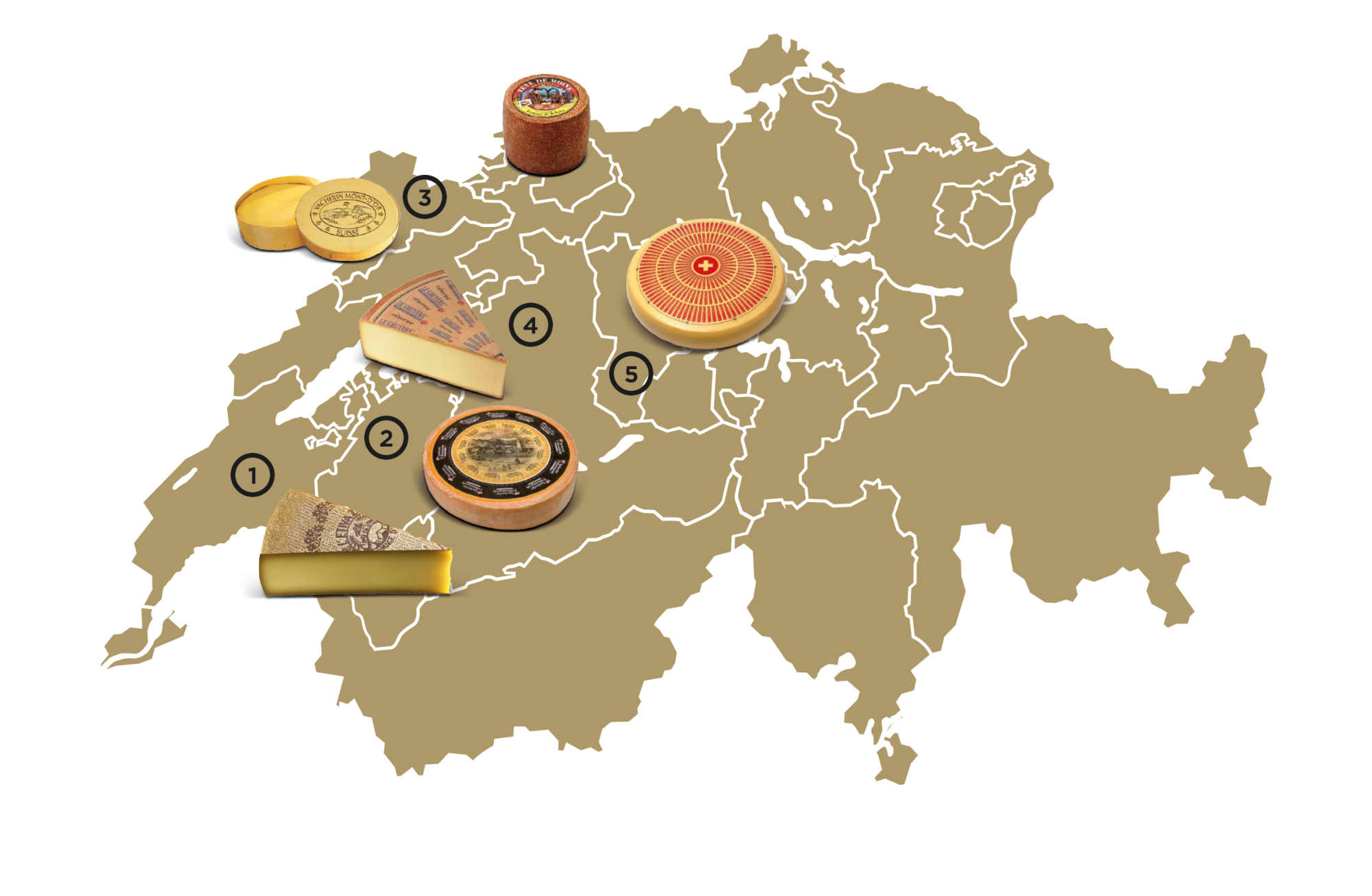
Despite this, the Dutch consume an average of 20.87 kg of cheese per capita per year, and while most of this consists of widely consumed specialities such as Edam and Gouda, the country also produces 4 PDO cheeses: Leyden, Kanterkaas, Nord Holland Edammer and Nord Holland Gouda.
The Netherlands is home to numerous dairy farmers who mainly produce cow’s milk as the country’s climate and large meadows are favourable to this type of livestock.
As part of its product range Iberconseil offers a selection of Gouda cheeses in a variety of versatile presentations, in terms of both aging and flavours.
- Beemster
consumption
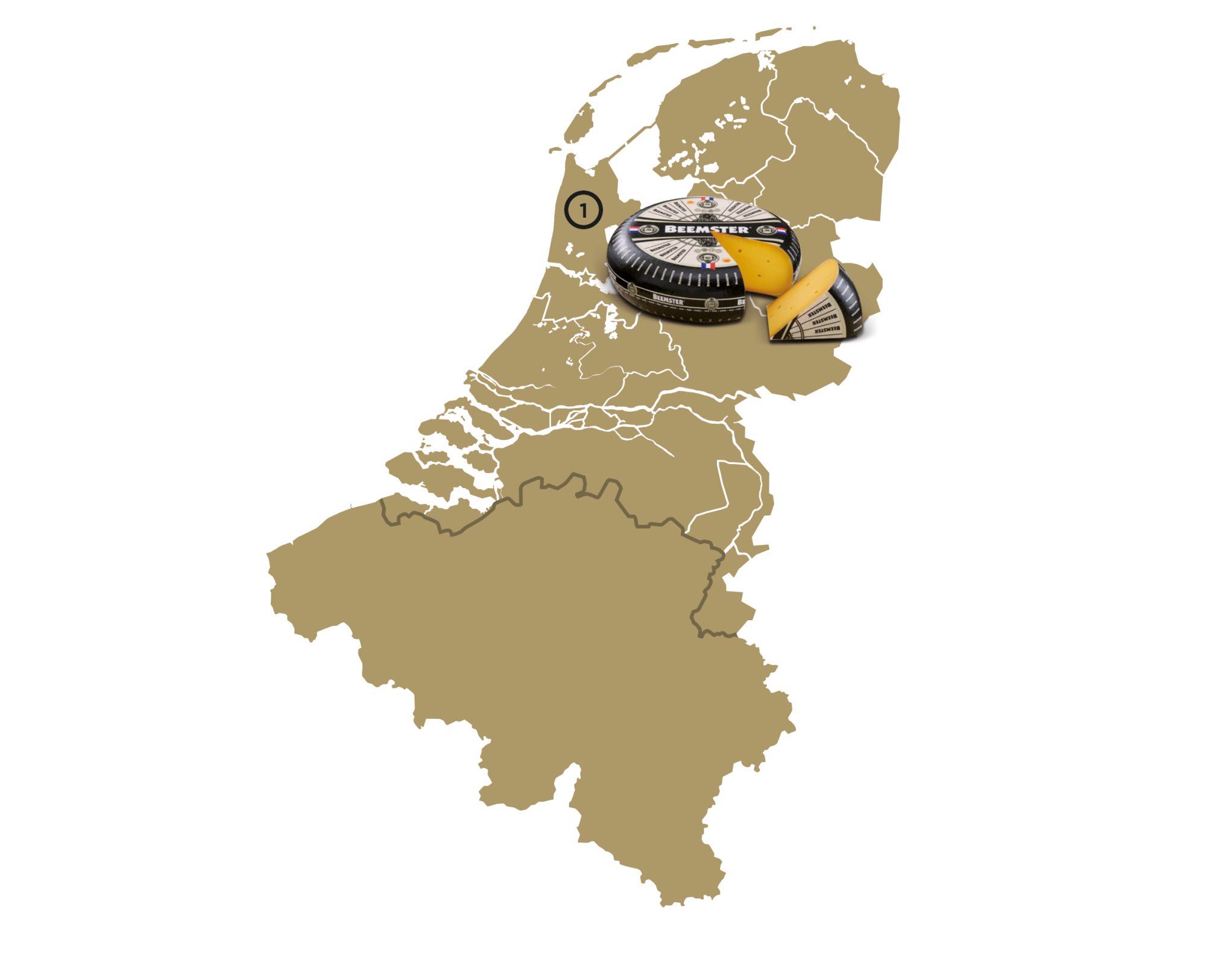
The country produces some 105,000 metric tons of cheese per year and the annual per capita consumption is around 15 kg. While there are some 300 varieties of Belgian cheese, only one possesses the PDO designation, that being Herve, a soft cheese with a washed rind that is produced in bricks of between 100 and 200 gr.
While most Belgian cheeses are made from cow's milk, a livestock traditionally better adapted to the climate and green pastures, it is increasingly more common for young farmers to elaborate sheep and goat varieties.
Belgium is home to some 400 dairy product processing companies, the largest cooperative being Milcobel, which manufactures, among others, Nazareth Light.
As part of its product range Iberconseil offers a selection of Herve cheeses in a variety of versatile presentations, both in terms of aging and flavours.
consumption
companies
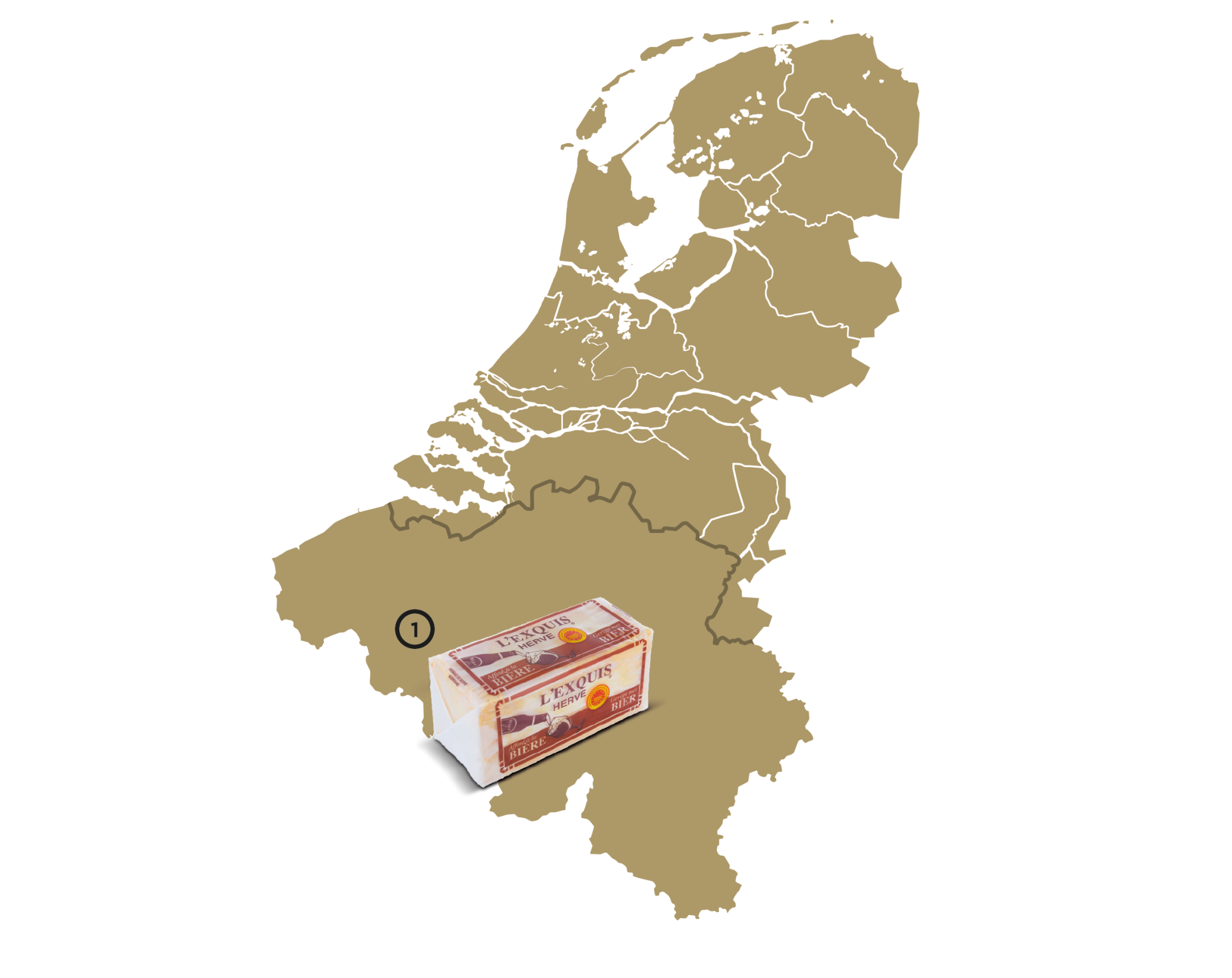
The Greeks consume an average of 30 kg of cheese per capita per year. This is one of the highest averages in Europe.
At present the country is still home to many family and local producers who elaborate cheeses mainly from sheep’s and goat’s milk, these being the most common and best adapted dairy animals in the region for reasons of climate, soil type and the country’s rural history. That said, Greece is also home to large-scale cheese producers that export the bulk of their production: Dodoni, Eprius, Kolios, Mevgal, Minerva…
Greece possesses 21 P.O.D. cheeses, the best-known being: Feta, Manouri and Graviera are 3 varieties that Iberconseil offers as part of its product range.
- Península Griega
consumption
